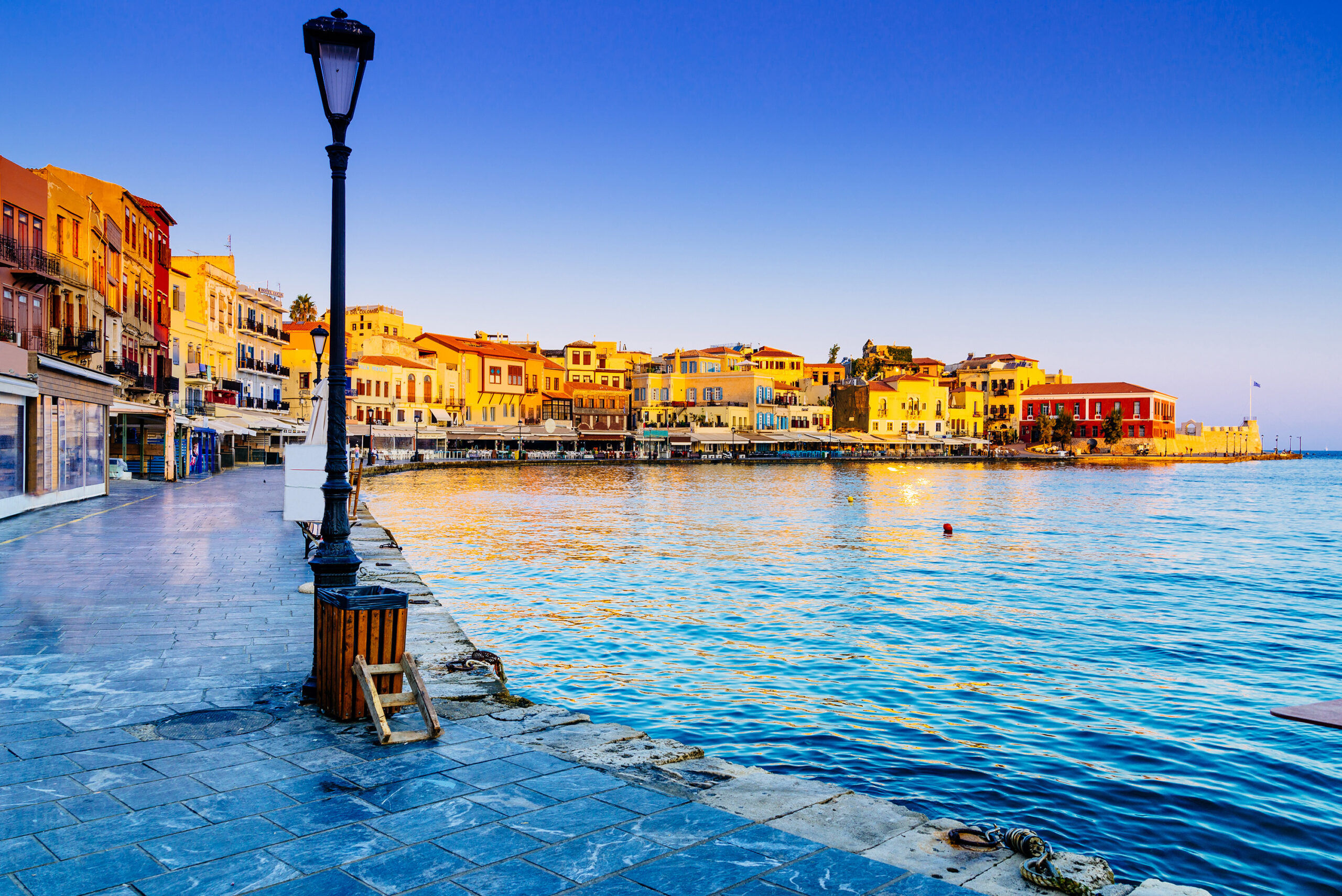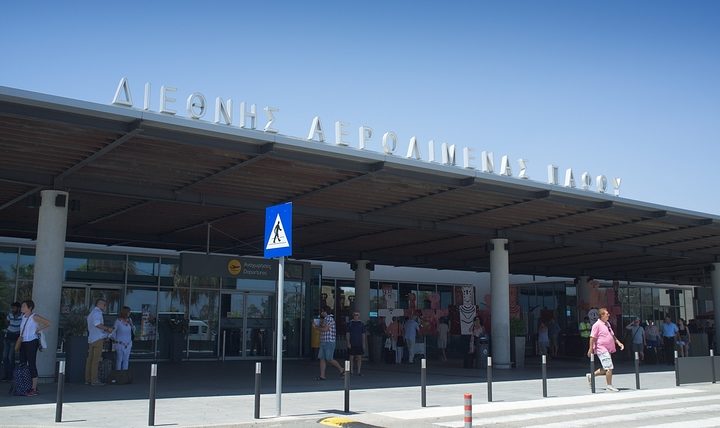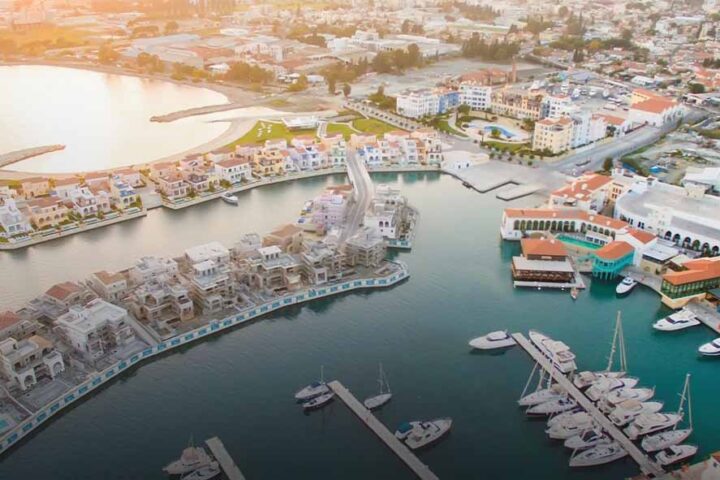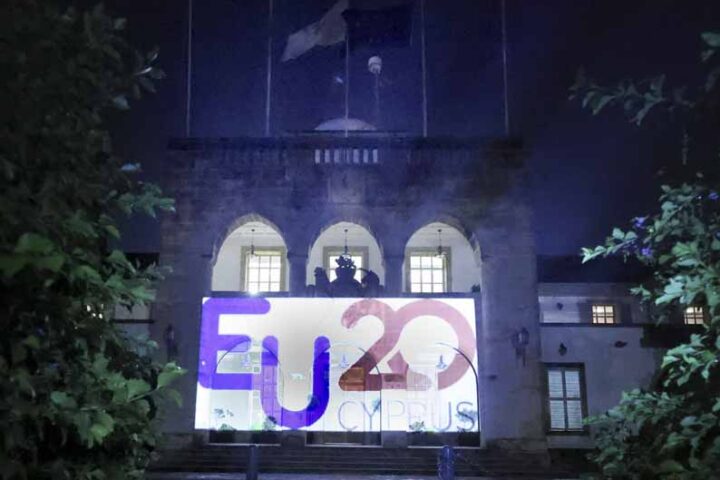Thousands of Cypriots are returning home and back to work from the summer break, many having travelled overseas for their holidays, the first time in two years after pandemic travel restrictions were lifted.
For Cyprus holidaymakers, natural destinations are Britain because of friends and family, bargain packages in Europe and Greece, which share the same culture, language and climate.
According to travel agents, the Aegean islands were extremely popular this year, with Athens and Salonika topping the short breaks.
However, those who travelled to Crete have come back with the best impressions, not just because food and drink were cheaper, but many said it reminded them of Cyprus two decades ago.
That is when ‘philoxenia’ meant an open-door welcome and warm hospitality when a smile was genuine when waiters and taxi drivers were friendly.
These two islands are far apart, and not just geographically speaking.
Crete aims to beat its 2019 tourist arrivals for a record figure.
Heraklion is ranked among the top ten destinations in Europe for per capita arrivals, many of whom are ‘local tourists’ from mainland Greece, with the islands and Peloponnese their next choices.
In numbers, Croatia’s Dubrovnik tops the list at 36 tourists to every local, and Estonia’s Tallinn is tenth at 10 to 1, with Athens just off the mark at 8 to 1.
Heraklion attracted 13 tourists to 1 local, with a 150,000 population reflecting 1.95 mln tourists, prompting local authorities to seriously consider extending the holiday season far into November and restarting in March.
Once again, Cyprus does not even get included in these surveys.
Heraklion airport has seen a 6% increase in flights, with Chania airport doing better than in 2019.
Most popular arrivals are from all over Europe, with Russia and Ukraine dropping off the list due to the war and related sanctions, while Chinese vacationers are fewer because of Beijing’s zero-Covid policy, affecting all sectors of the world’s second-biggest economy.
Crete’s favourite tourists are by far from Britain (15%), Denmark, Norway, Germany, and Poland.
And if you ask them why they chose Crete over Cyprus, they will all give the same answer – cost and hospitality.
The little details also count.
Such as a waiter plonking a bottle of mineral water on your table, terrorising Cypriot tourists who are used to being ripped off anything between €3 to €5.
No matter where you go in Greece (apart from celebrity-driven Mykonos and Santorini), a bottle of water will not set you back more than a euro and some cents.
Waiters are polite and knowledgeable; most are young students on the island for the summer months to make extra income or tips.
Taxis will not cost you an arm and a leg, while eating out as a couple or family of four will cost you about €10 per person, sometimes even less.
Short ferries and boat trips in Greece are cheap, unlike the Monaco-priced voyages from any Cypriot marina, simply because Cyprus does not have the seafaring culture that Greece has.
Especially in the case of the islanders, for some of whom maritime services are an integral part of their life.
This is why getting on board a boat or yacht is affordable and creates a positive atmosphere, making friends and the rest of your holiday more enjoyable.
It is also why they enjoy a high rate of repeat tourism.
There’s a lot that Aphrodite’s island is better than Nicos Kazantsakis’ home.
But, learning from the ‘Crete experience’, Cyprus needs a serious rethink of its tourism strategy.
Not just filling beds and airline seats, but the whole ‘welcome to Cyprus’ package.










